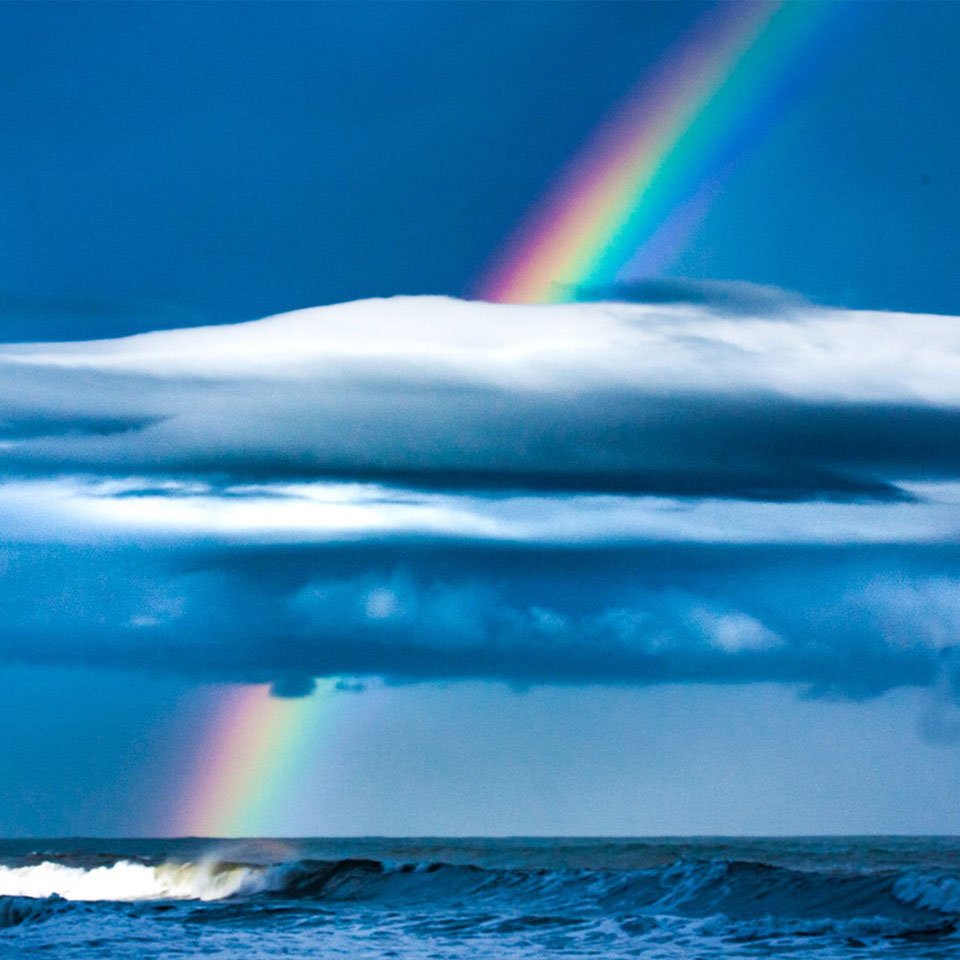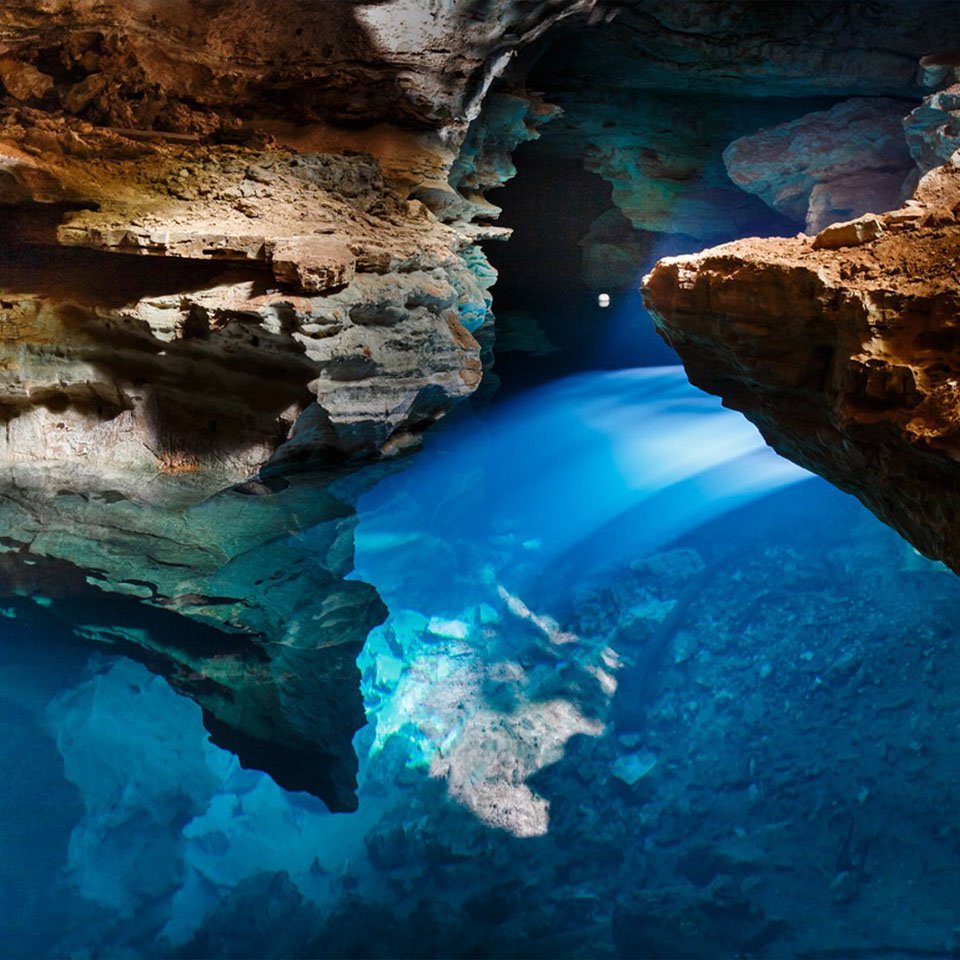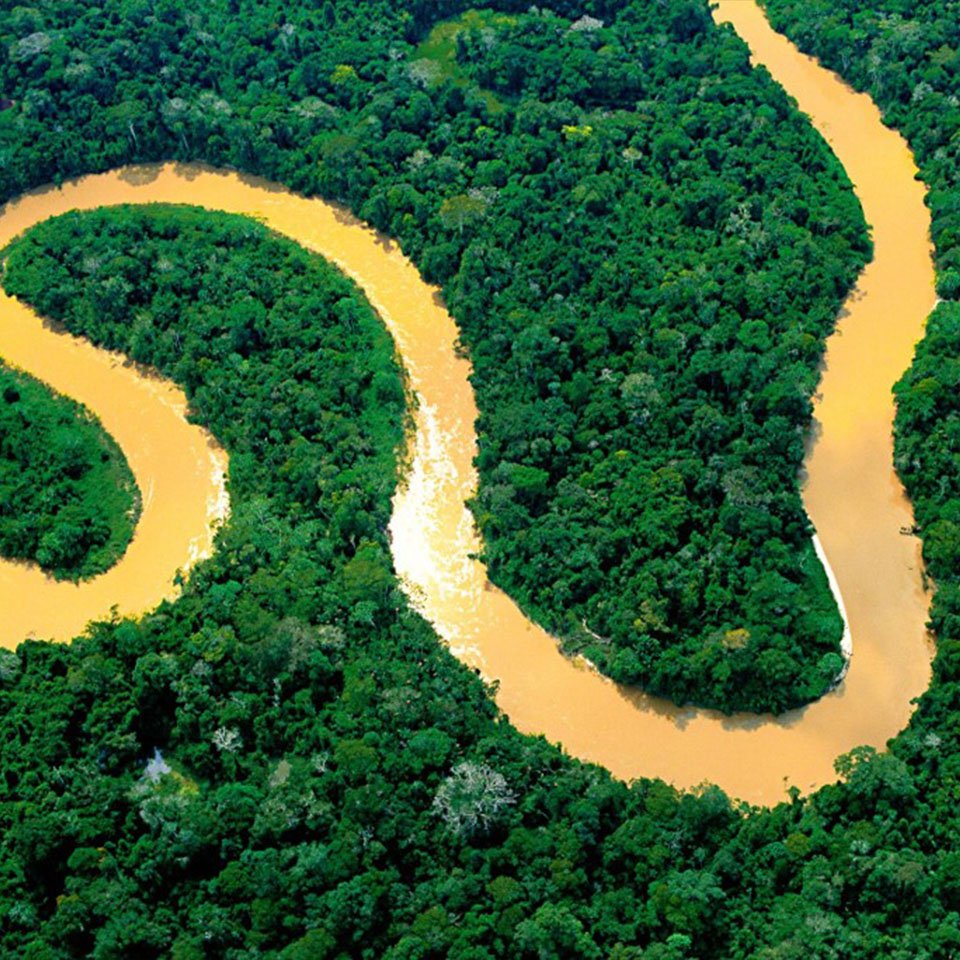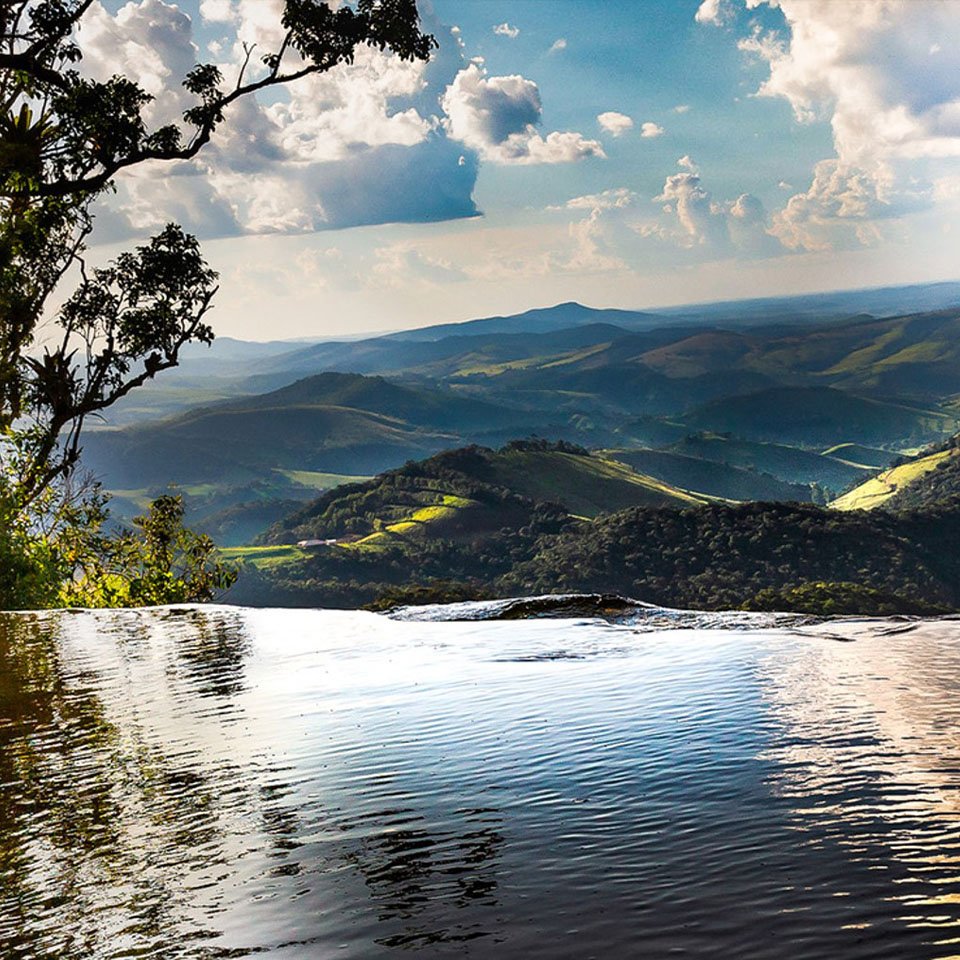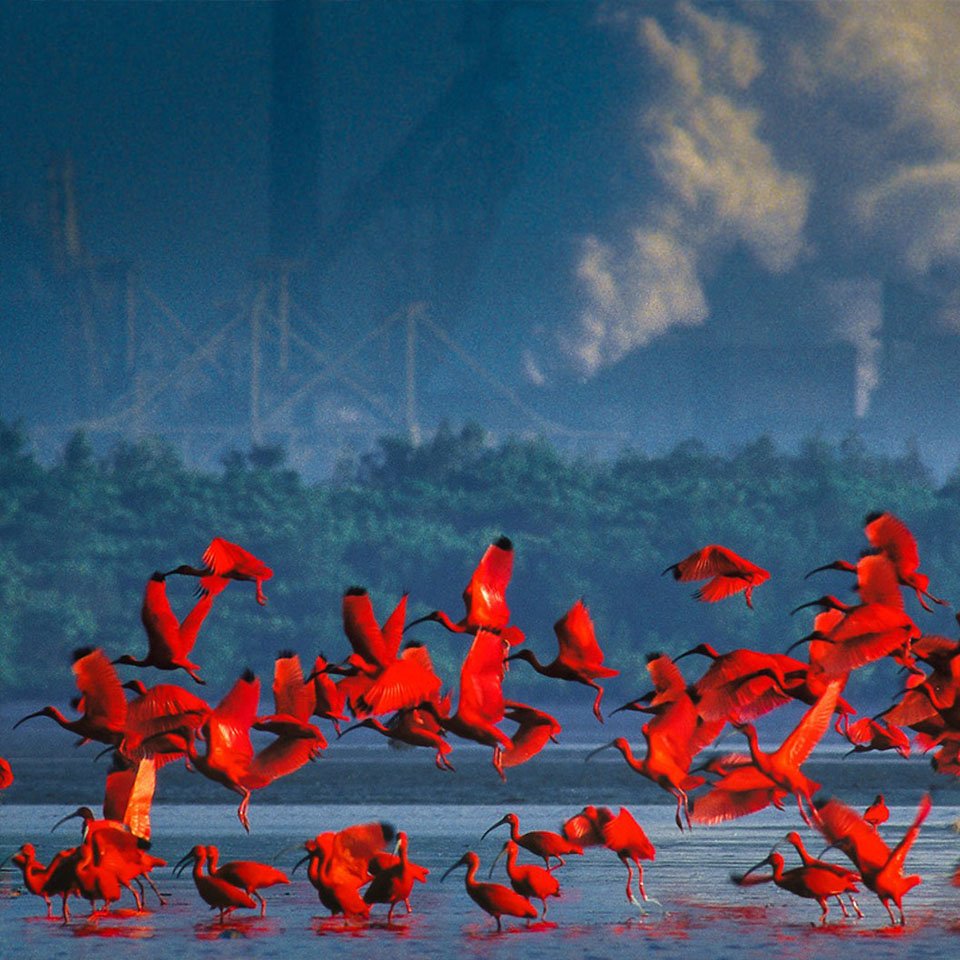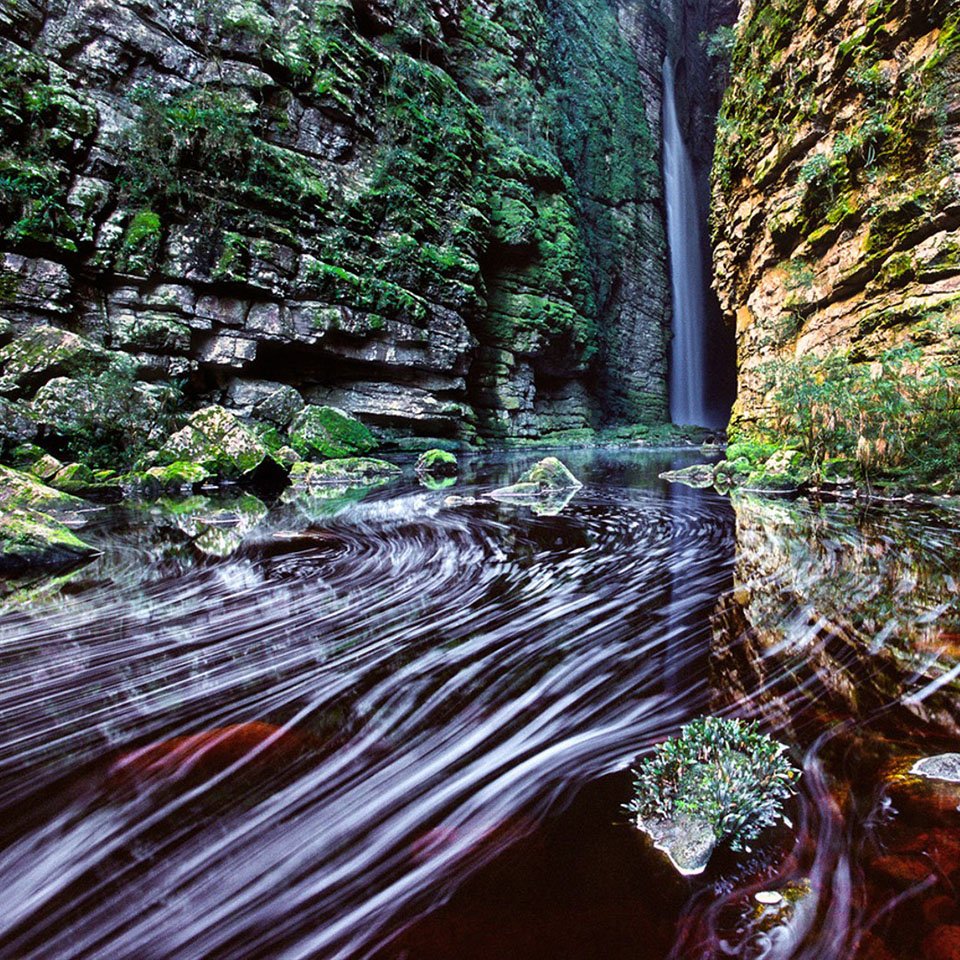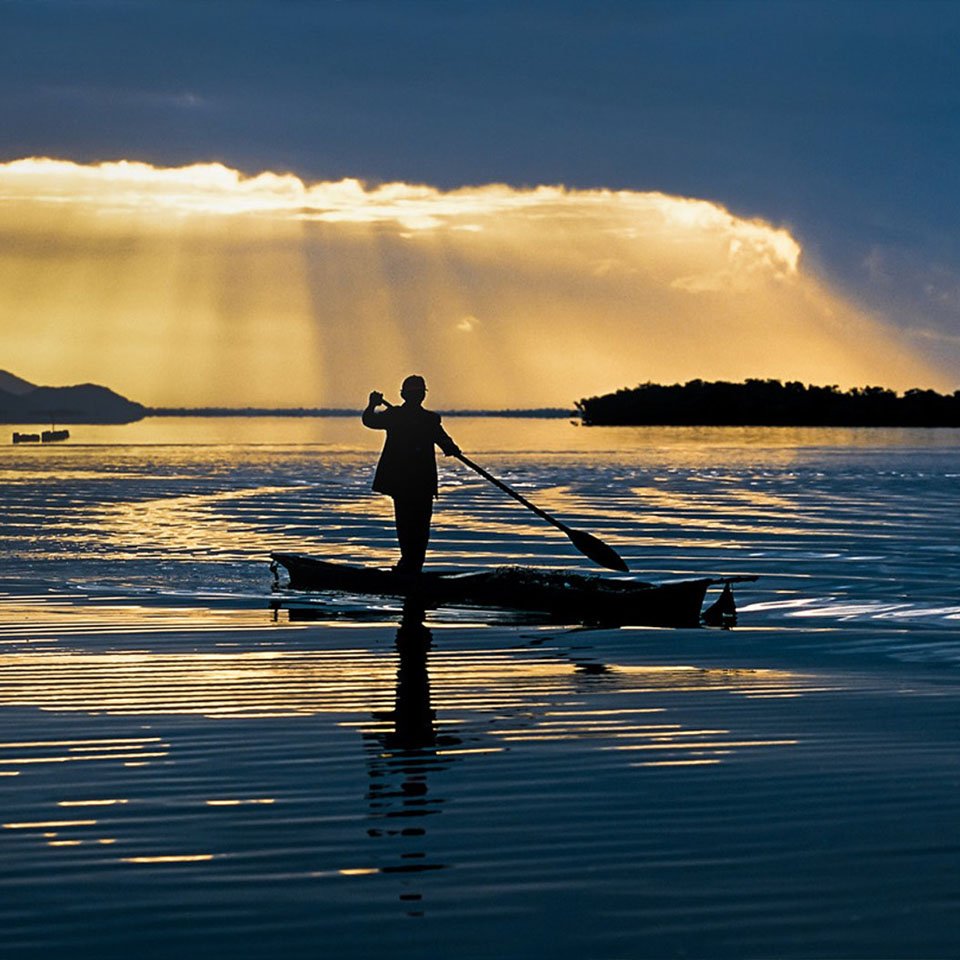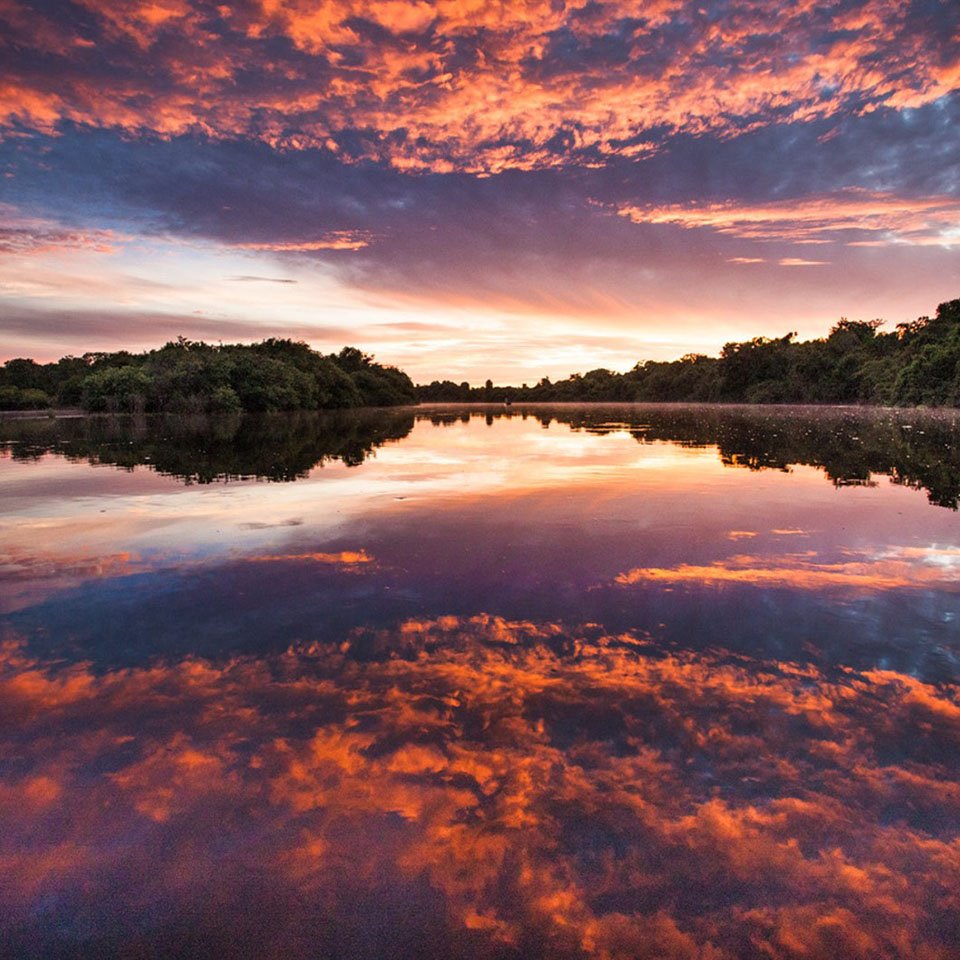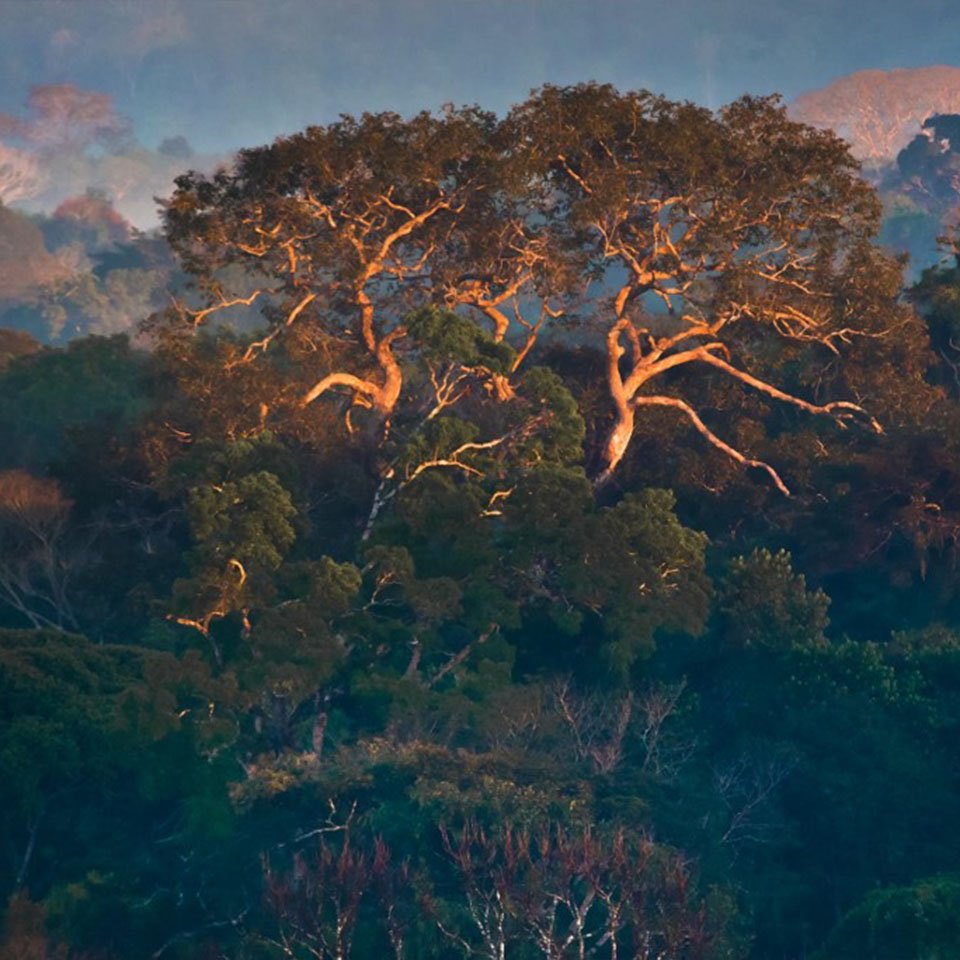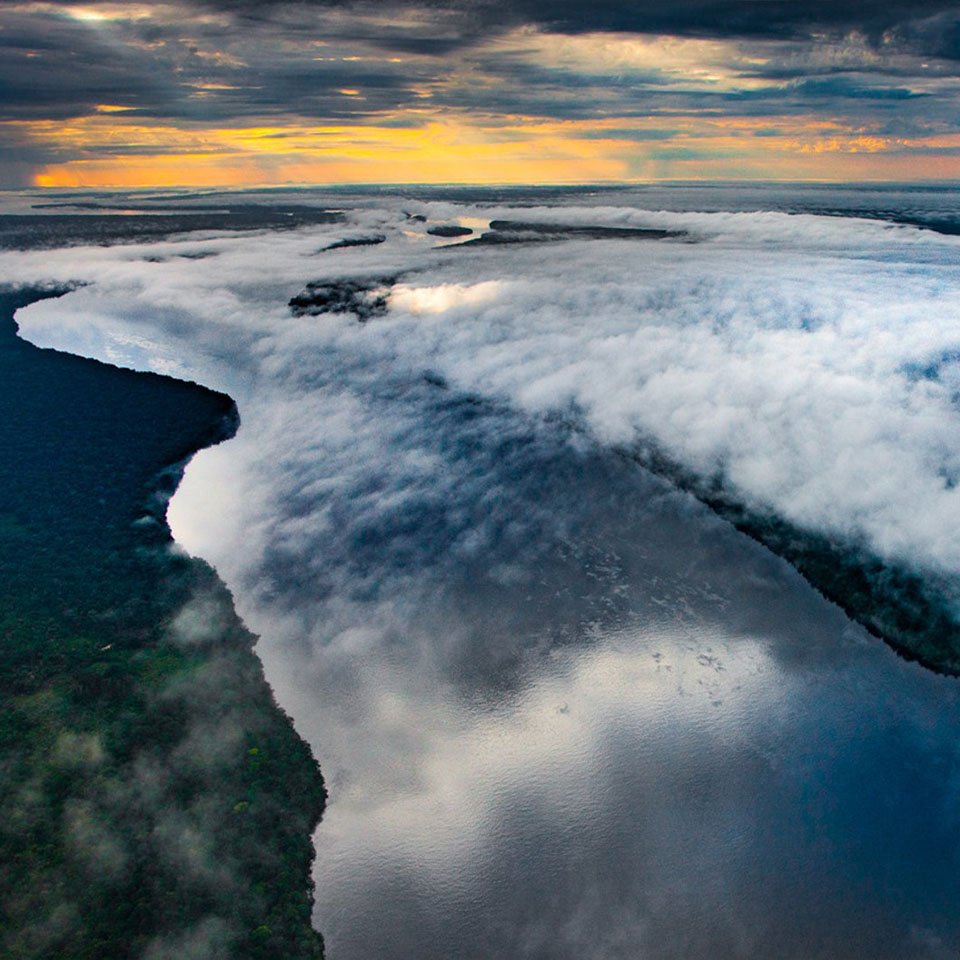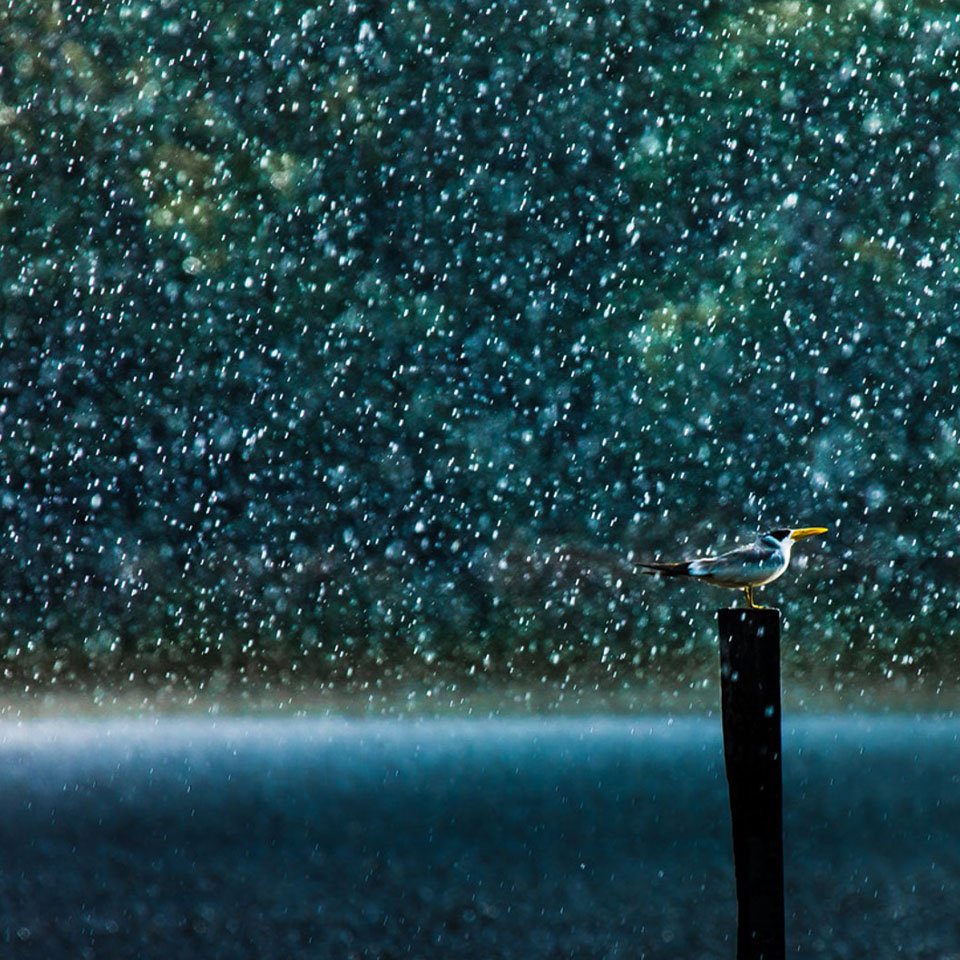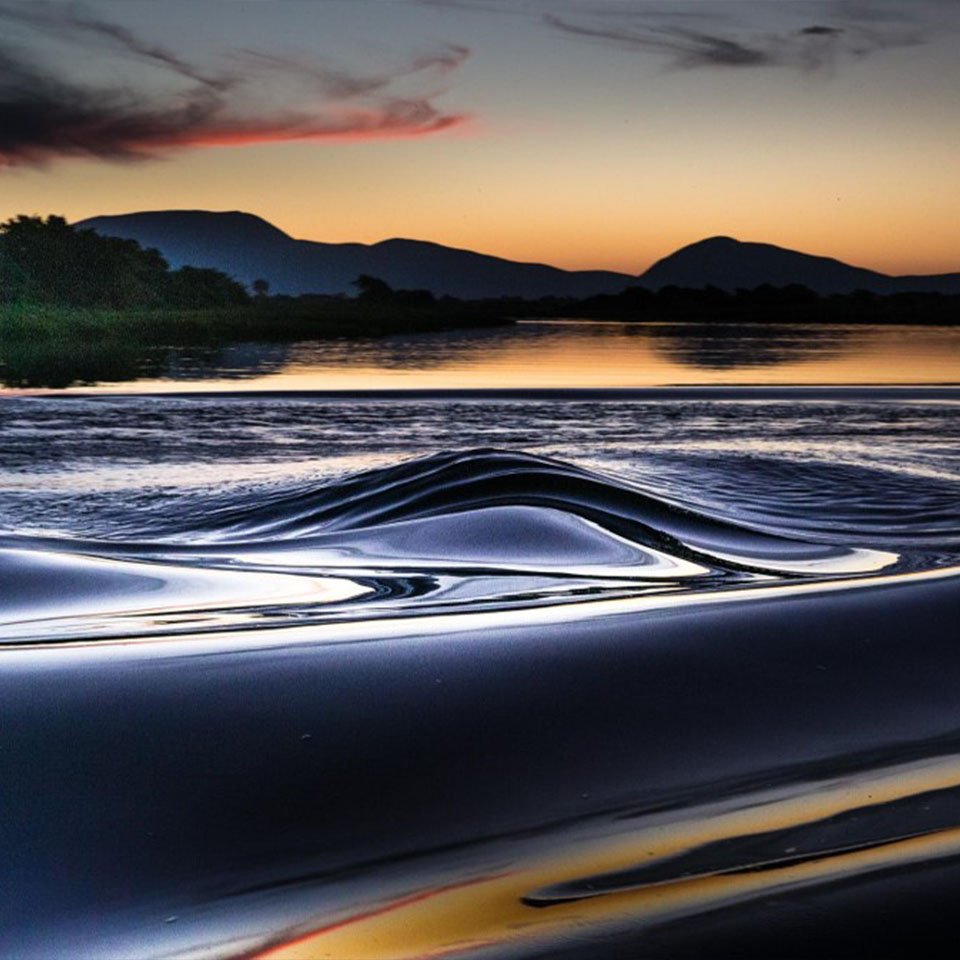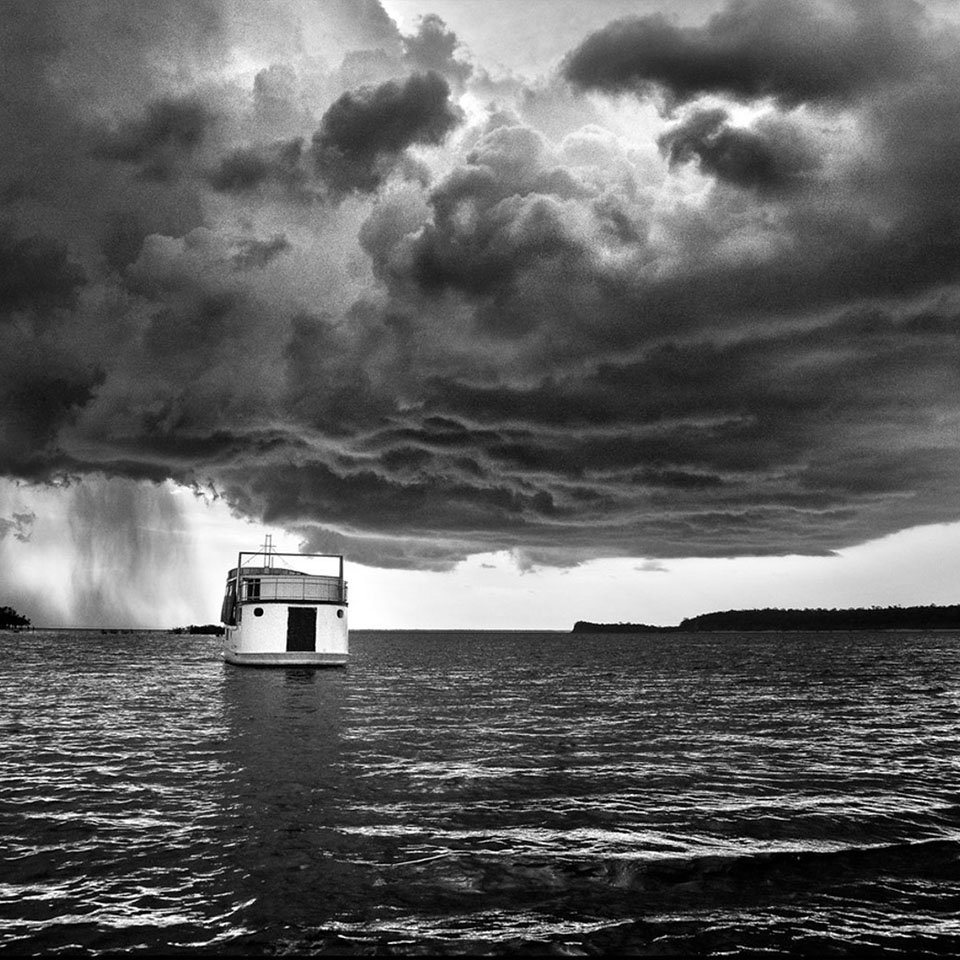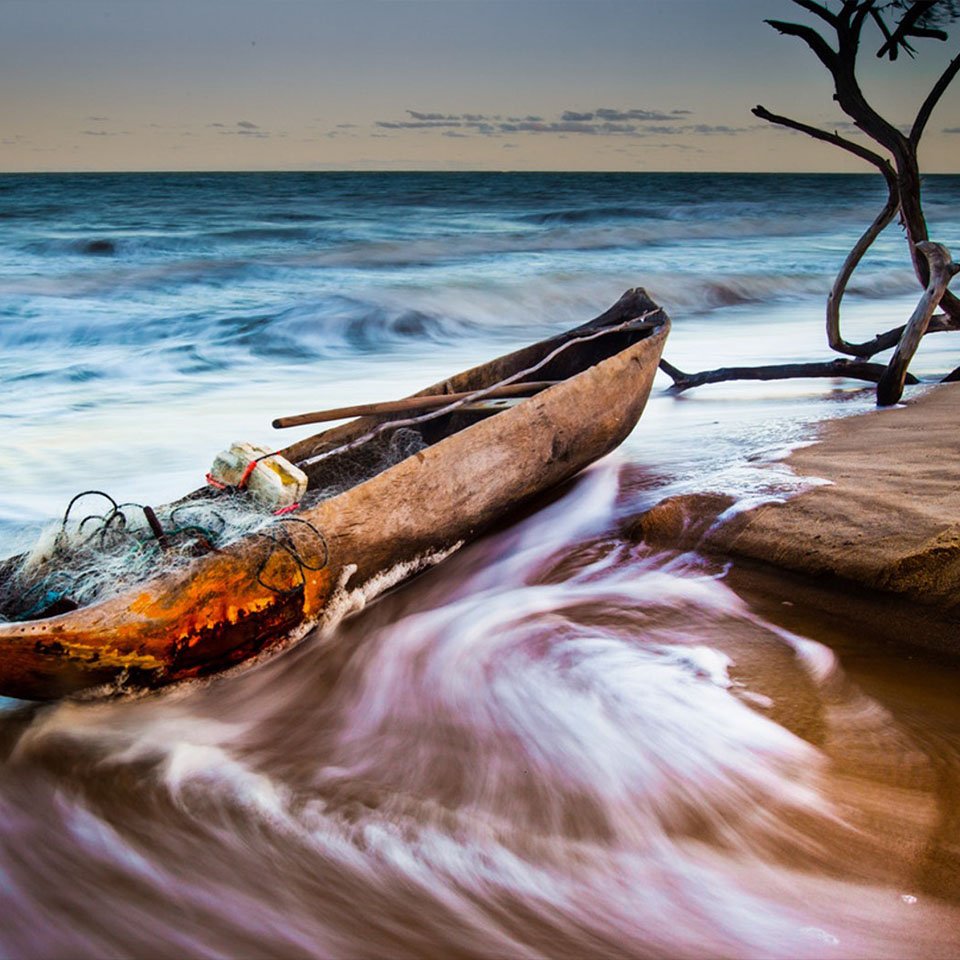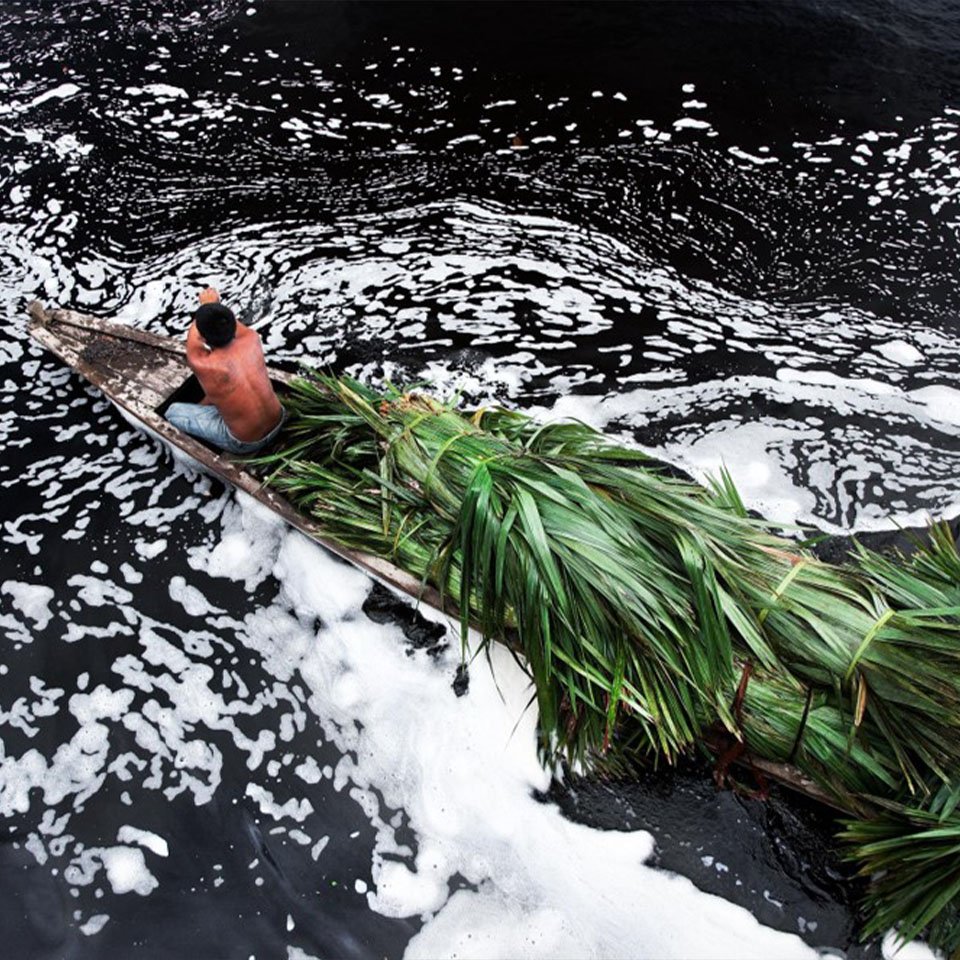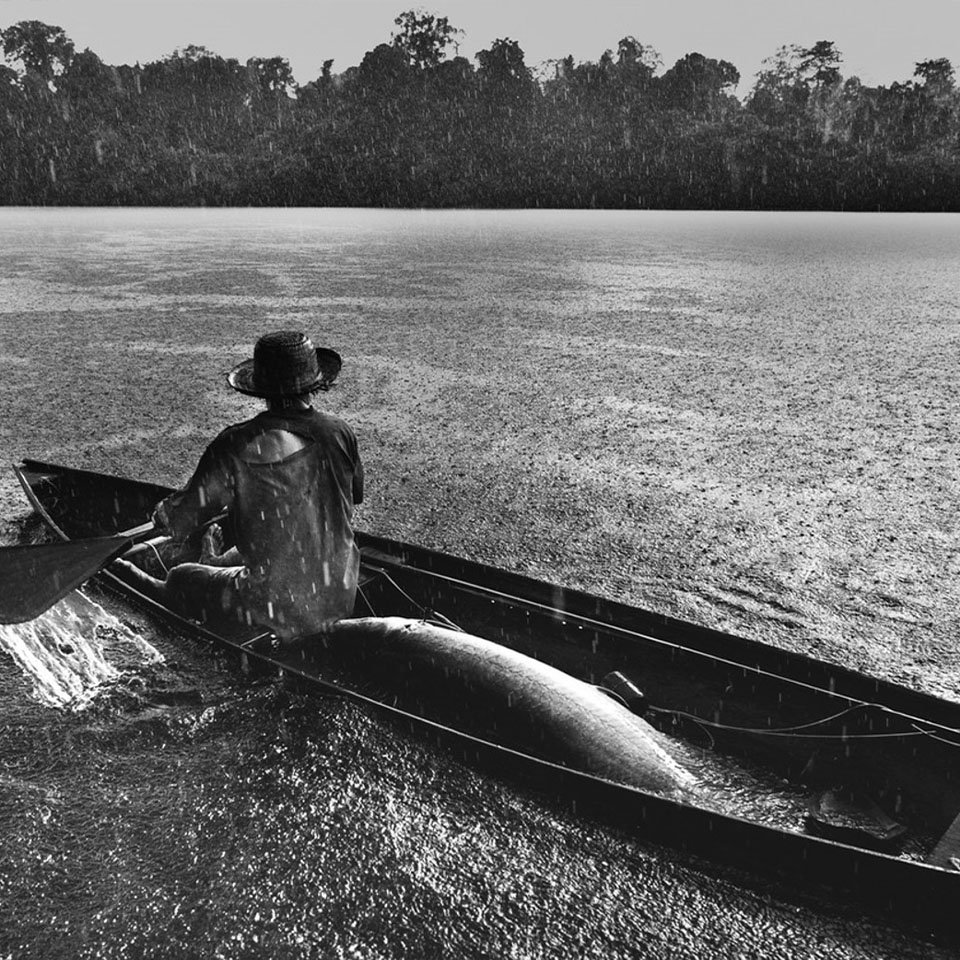


AN ART THAT TRANSFORMS
The project TRILHAR A ARTE QUE TRANSFORMA
(Treading – an art that transforms) takes the public
to tread the paths whereby art transforms Earth’s
various elements into works of extreme beauty (fine
art) and to get in contact with processes that convey
sustainability (Creative Economy).
It is no coincidence that the Trilhar project chose
art as a paradigm, since in all its different forms of
expression art helps us elaborate our thoughts and
build and resignify things, objects and feelings. It
exercises our imagination and calls attention to the
importance of our history and our memories to the
way we live in society.
About CTG Brasil
CTG Brasil strives to develop the world with clean energy on a large scale. The country’s second largest private energy generation company, it counts on its dedicated local talent and is committed to give a contibution to Brazil’s energy matrix, guided by social responsiblity and respect for the environment. The company has invested in 17 hydropower plants and 11 wind parks, with a total installed capacity of 8.3 GW. Created in 2013, it is part of China Three Gorges Corporation, one of the world’s leaders in clean energy generation.


Rubens Fernandes Junior
THE WATERS OF ARAQUÉM ALCÂNTARA
“Good water is like health or freedom: it is only valued after it ends.”
- Guimarães Rosa
Water is movement, mixed flows, life. We know that the full moon causes high tides, copious fishing, turbulent and impatient waters. Cycles that repeat themselves and maintain nature’s ebullience. When we look at Araquém Alcântara’s photos, it’s impossible not to think of the link between nature and culture.
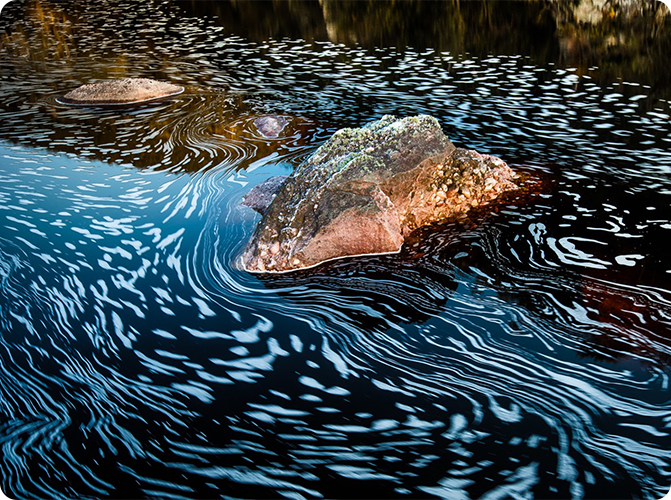
In Brazil, we have followed his work for
several decades, an “errant travelling”
artist who crosses the country tirelessly
in his search for beauty. His gaze is
focused on documenting nature and
its devastation. A pioneer of Brazilian
environmental photography, Alcântara
is the only professional to record all the
country’s national parks, a militancy
that enabled the creation of a rich
archive with thousands of images and
the publication of 59 books on the
subject.
The photos presented here are linked
by the presence of water, shown in such
diverse situations that they will surprise
the unsuspecting viewer. Amidst such
social and cultural diversity, indigenous
and traditional peoples such as the
caiçara, the pantaneiro, the gaucho
and others forge an affective – better
yet, an almost religious – link with the
environment. And, as usual, we don’t
always realize it. Maybe because water
is abundant in different regions of the
country, maybe due to a lack of interest,
or perhaps out of sheer ignorance.
On April 12, 1960, Russian cosmonaut
Yuri Gagarin, the first human to travel
into space, aboard the capsule Vostok
1, stated that “the Earth is blue. How
beautiful it is!”. From afar, he realized
that the 70% of the Earth’s surface
covered by water actually reflected the
color of the sky and transformed the
planet into a huge blue sphere. Out
of that 70% of water, only 3% is fit
for human consumption and the rest
consists of salty water from seas and
oceans. And, so everyone may know,
of the 3%, 2% is locked up in glaciers.
Drinkable water for slaking the planet’s
thirst is therefore minimal. And, even
so, we inexplicably fail to value its
importance to human survival.
Brazil, we know, is a privileged territory, for our rivers, lakes and groundwater contain more than 11% of the world’s fresh water. But we also know it to be a false abundance, for the distribution is highly unequal: a lot of water in the North region, less in the South, Southeast and Central-West regions, and much less in the Northeast region.

Hence the significance of this exhibition,
which brings together various instances
where the presence of water is shown
in diverse situations. The overall
meaning? To make each visitor aware
of the relevance of water to our lives
and, at the same time, to awaken a
political reflection ever more needed
for our future existence. With this visual
experience, we wish to value our link
with nature. And why have we strayed
so far from it?
Araquém Alcântara presents us with
an understanding of our country’s
biodiversity, far from any contrivance
of idealized images. He shows what his
eyes really see, bringing a disconcerting
and passionate vision of the powers of
nature and its peers, men and animals,
that inhabit our parks. A sensitive gaze, of deep respect and
spiritual admiration, which calls for
immersion and contemplation.
In the
aerial photos, for instance, the sinuous
lines traced by the rivers mesmerize
our gaze. Araquém exercises his
citizenship taking photos that denote
affectionate ties to the environment.
Photos impregnated with a peculiar
esthetic and political sense. Emphasis
on the political, for we can’t remain
on the photo’s surface alone. We need
to deepen our gaze and perceive other
possible layers, not always so evident.
His photos seem to intensify a relation
between heart and mind. Emotion
and reason attuned result in the full
technical domain acquired along the
course of his work. These extremes
of light and color, shadows and
movement, of exuberant clouds, are
present in his photos, creating layers
of feelings and references, a direct
consequence of lived experiences and
of the permanent learning process.
After all, creative freedom is the result
of much technique and discipline.
Photography is emotion.
Through his photography, Araquém
Alcântara makes his individuality and
his spirituality viable. He presents an
evocative experience and, at the same
time, memorable adventures. A unique
and visionary art which kindles our
indignation towards those who avoid
making environmental preservation
a public policy matter. This exhibition
should be viewed as an alert, a cry
of outrage, for, faced with so much
beauty, we must create possibilities for
living and getting along better in this
world in constant becoming.
Gallery
Araquém Alcântara
On the media

Apoio

Patrocínio

Realização




